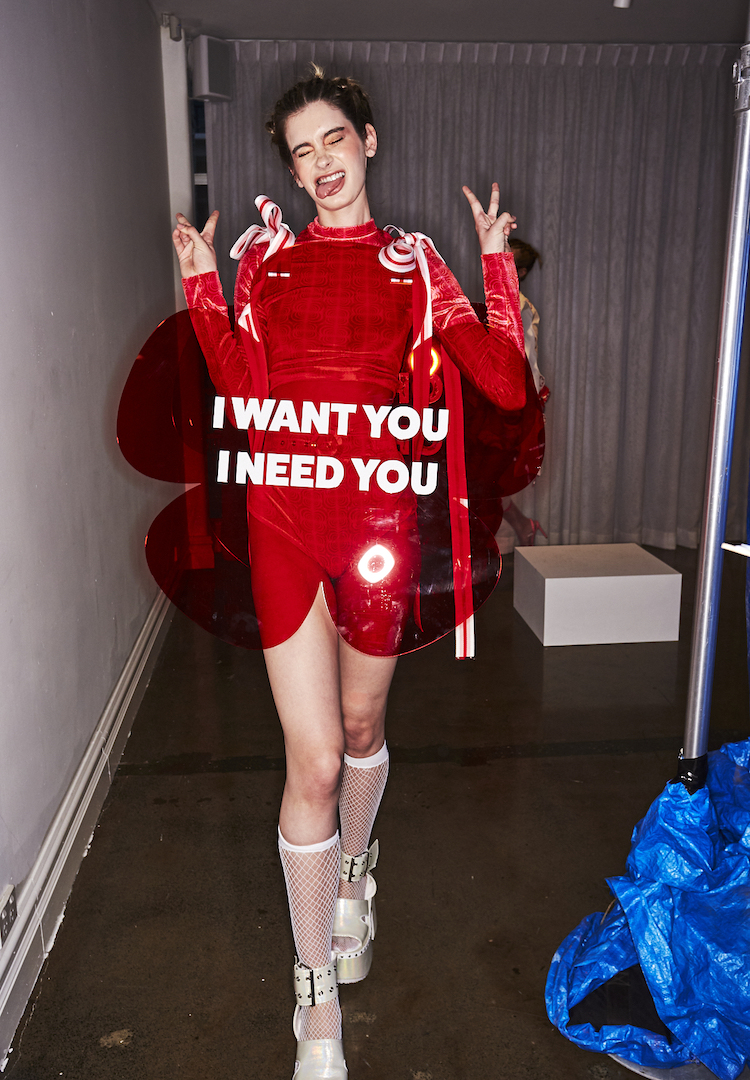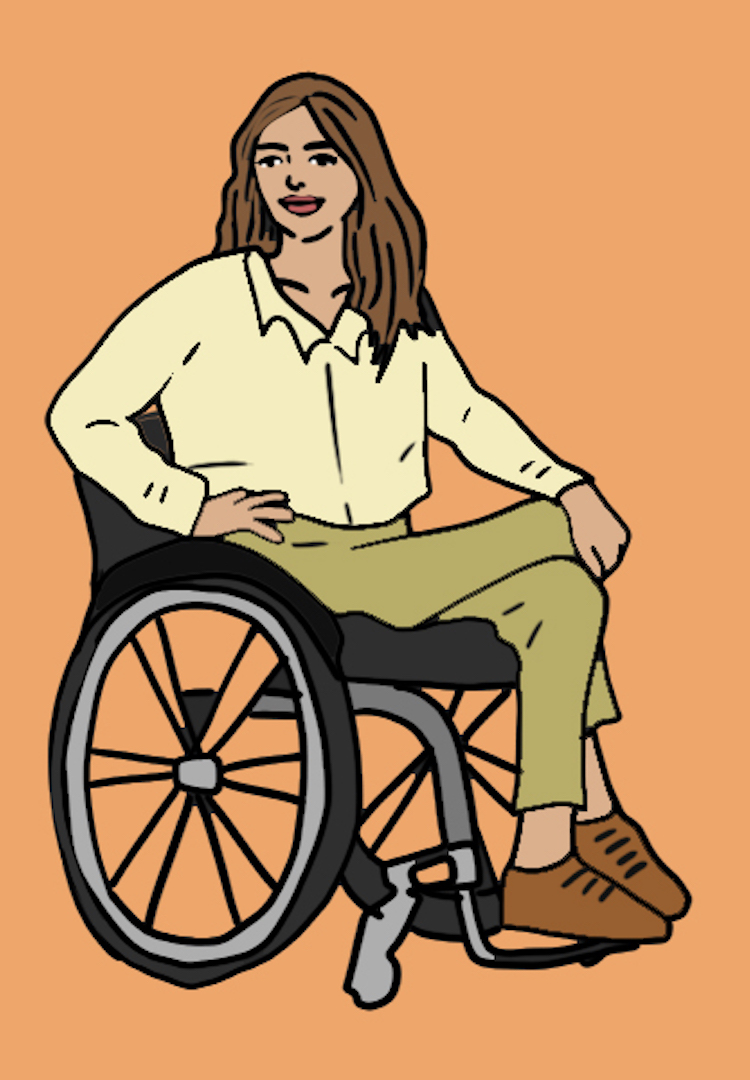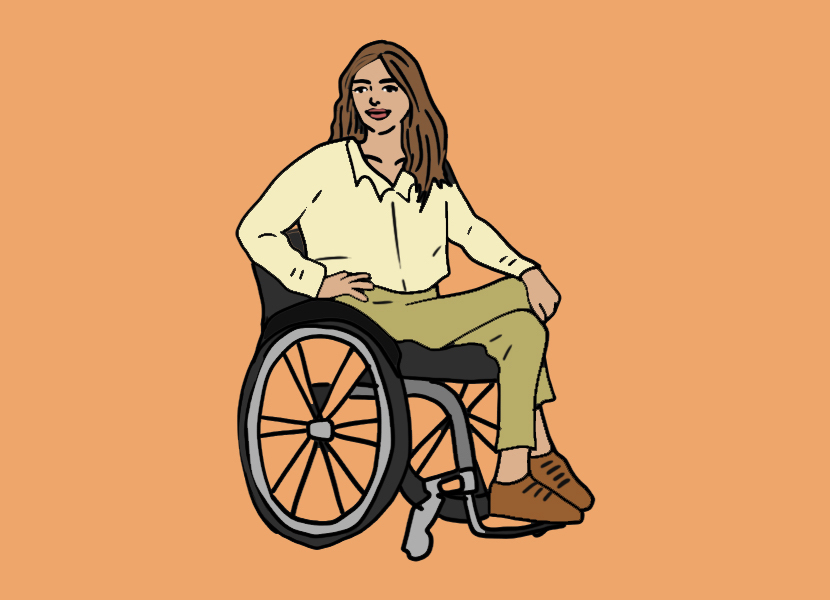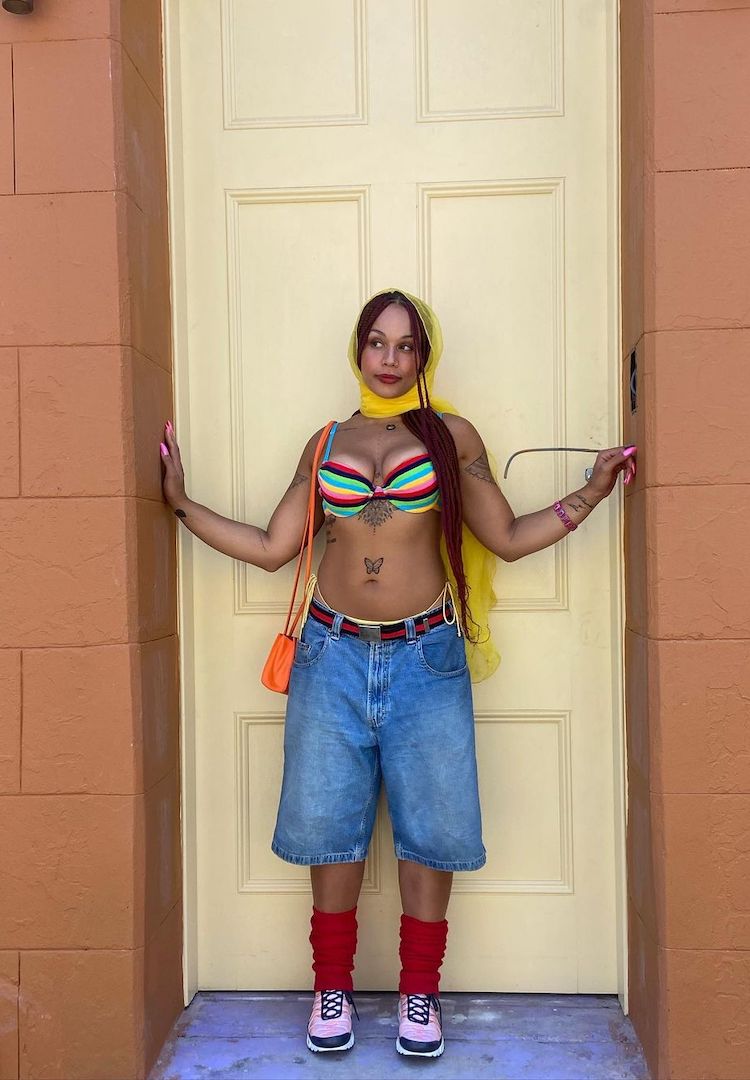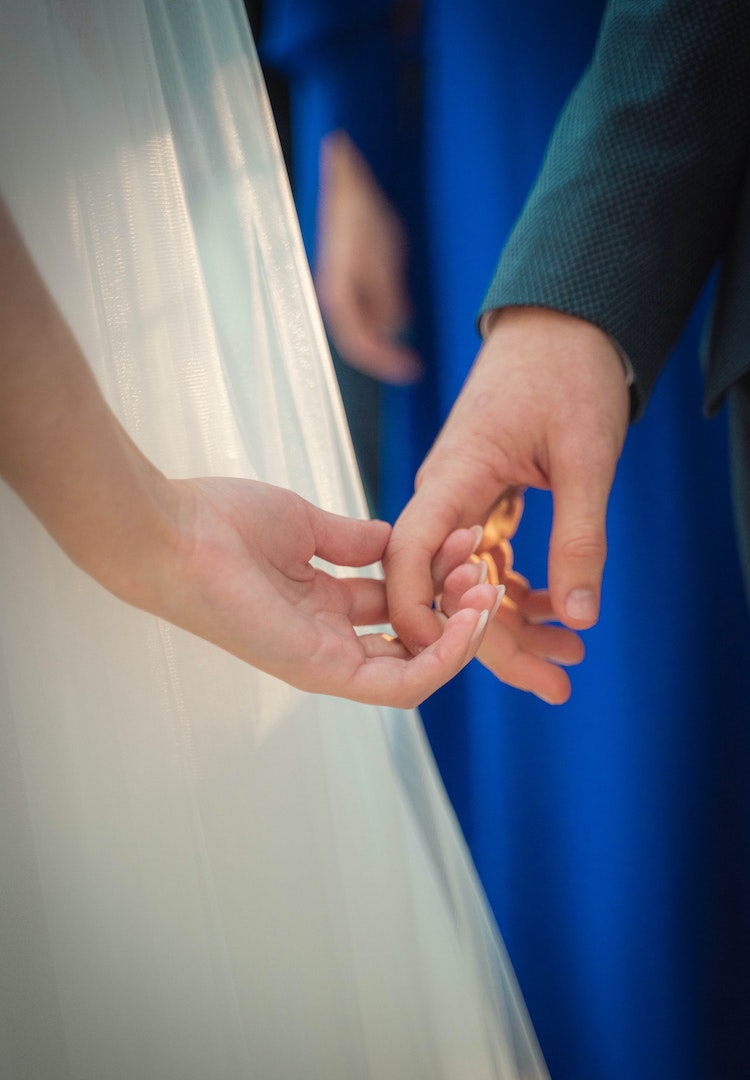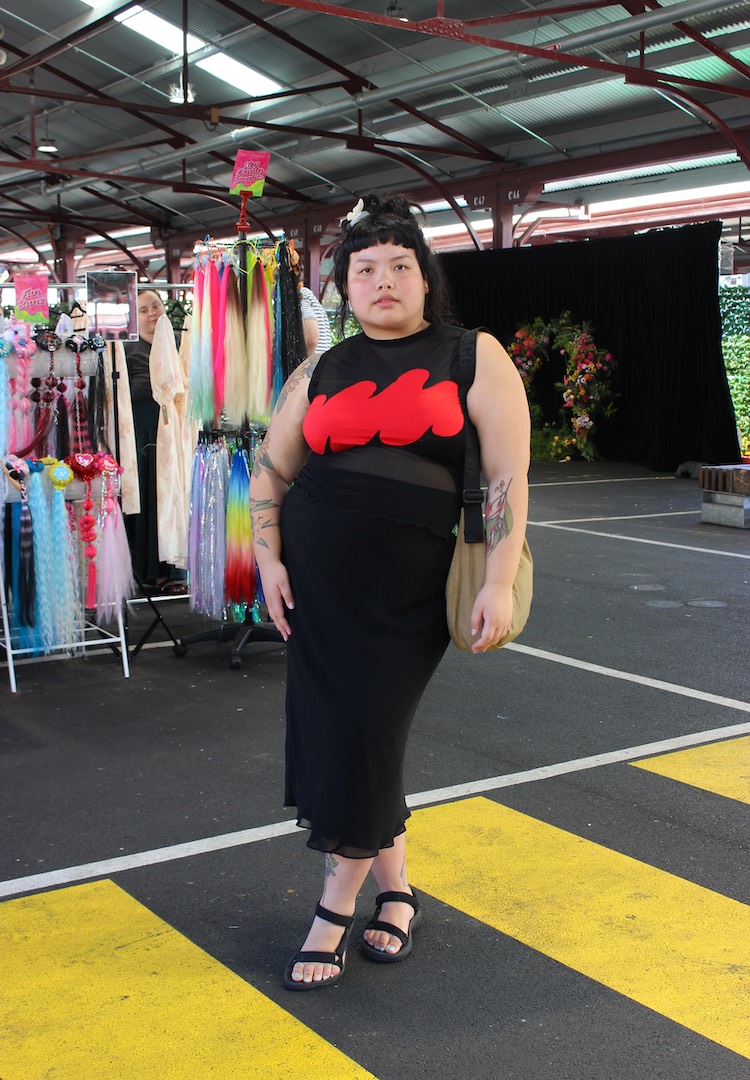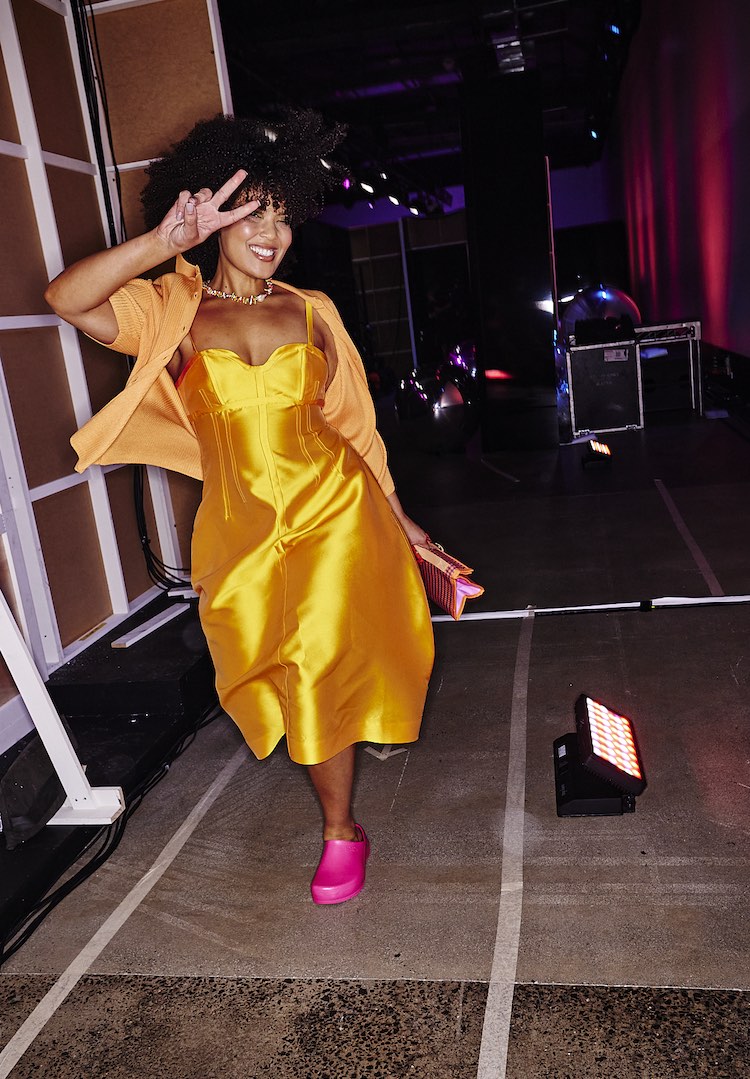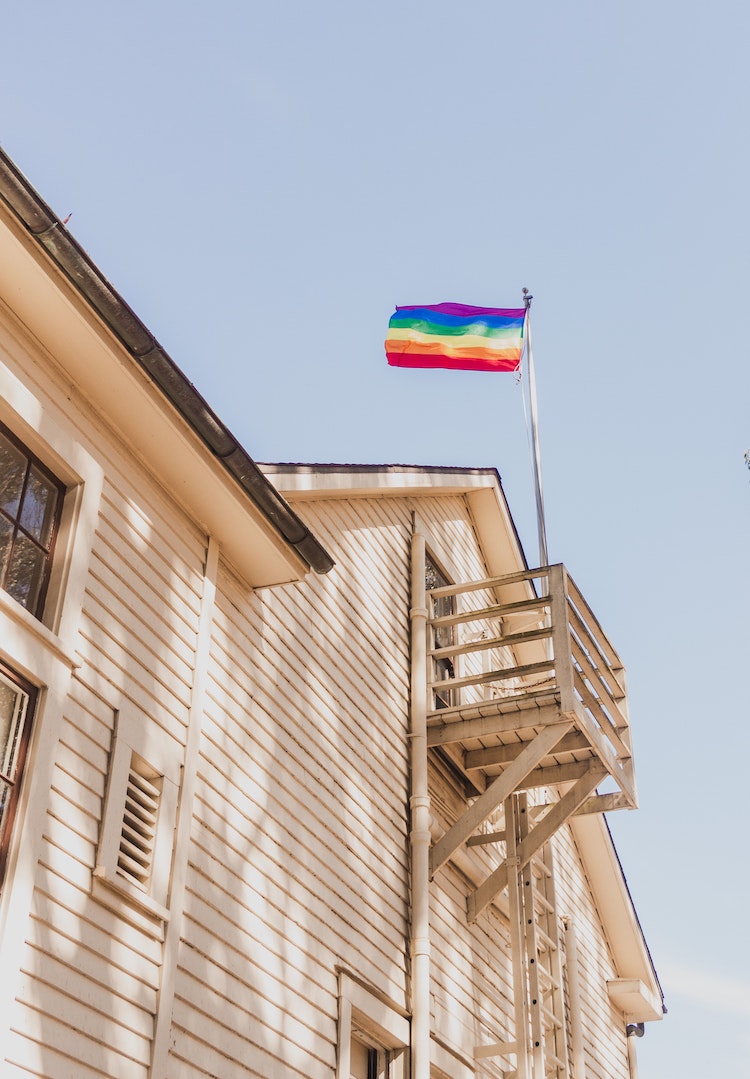Why adaptive, disability-friendly fashion design is a win-win for the industry
Illustration by Twylamae
Words by Mariah Papadopoulos
“You can’t market to people you don’t see, and you just can’t see people that you don’t value.”
Four years ago, pictures of a young Australian model with Down syndrome flooded the internet. She gained 100,000 followers overnight and made headlines around the world.
That model was Madeline Stuart, now a seasoned professional on the runway, the founder of a dance studio for people with disabilities, and the creator of her own fashion label.
Madeline has walked in New York, London, China, Paris and Dubai, and appeared in the likes of Vogue and the New York Times. Championed as a beacon for inclusivity, her career has paved the way for the fashion industry to make room for models with disabilities.
In an interview with the ABC earlier this year, Madeline’s mum Rosanne said it was more common to see models with Down syndrome on runways around the world since Madeline’s debut went viral.
Though it’s a huge step for inclusivity, virality can often be a symbol of the exception, not the rule.
Visibility doesn’t fix everything, and the fashion industry certainly shouldn’t be resting on its laurels due to small, albeit important, steps.
There is a deeper issue we need to face: Featuring models with disabilities isn’t inclusivity if the clothes themselves are not disability-friendly.
Disability fashion stylist Stephanie Thomas gave a talk at Calgary’s TedX YYC event about fashion styling for people with disabilities, urging people to realise that there is a gaping hole in the worldwide market for stylish, functional clothes for disabled people.
Stephanie gave the talk a few years ago, but her message is by no means outdated.
She has what is known as a ‘non-severe’ disability: she was born without a thumb, and with three toes on one foot and four on the other. Around 25 years ago, she was in a pageant competition and was asked why she never buttoned her left cuff.
“It made me see that clothing for people with disabilities just didn’t exist on a large scale,” she says.
“There was so much apathy in the early ’90s surrounding this issue, and there were so few clothing choices. I became a bit obsessed about it.”
Nowadays, Stephanie is a pioneer for the Disability Fashion Styling System, a Professor of Fashion Marketing at the Art Institute of California, and manages Cur8able, a disability fashion and lifestyle website.
In the TedX talk, Stephanie describes how people are often not aware that she has a non-severe disability.
“I get to see life from these two different sides: one where I’m labeled ‘normal’, whatever that is. Another where I’m labelled ‘less than’ or sometimes even ‘different’.”
Stephanie explains that people with disabilities often require different features and capabilities from the clothes they wear.
Rivets, seams, buttons and pockets on the back of jeans and pants can cause sores and other damage to those who use wheelchairs. Pants often need to be made longer so that they remain the appropriate length when the wearer is sitting.
For those with limited use of one or both hands, replacing conventional buttons with magnetic ones, hook and loop fasteners or zips is key.
Features on the inside of garments like tags with care instructions might be conventionally useful, but can be disturbing for those with autism spectrum disorder.
Pushing for the production of garments with these needs in mind has been Stephanie’s mission for more than two decades.
It’s personal for her, but disability fashion is not a niche market by any measure.
One in five people in Australia has some form of disability. We often see news stories about children and elderly people with disabilities, but there are also over two million Australians of working age (between 15 and 64) who have a disability.
All of these people are individuals with their own stories, their own struggles, their own aspirations and their own income.
Stephanie uses World Health Organisation data to emphasise that there are around 1.3 billion people with disabilities worldwide, with a massive aggregate disposable income of eight trillion dollars.
If money makes the world go round, that’s eight trillion reasons for the fashion industry to make disability fashion a priority.
There are more than enough customers, and plenty of cash to be spent on comfortable, useful and stylish clothing tailored to those with disabilities.
People with disabilities aren’t charity cases. They are paying consumers who deserve garments that have been designed with them in mind.
With all of this in mind, it’s hard not to question why this part of the fashion industry hasn’t already blown up.
On the surface, the problem is that there isn’t enough disability-friendly fashion available to consumers. But there’s a more serious issue underlying that problem, and it’s deeply unsettling.
It’s 2019, and people with disabilities aren’t valued enough or ‘seen’ enough, especially in the fashion world.
“You can’t market to people you don’t see, and you just can’t see people that you don’t value,” says Stephanie.
She stresses that it’s not about charity. People with disabilities don’t just need to be seen as human beings.
They also need to be valued as customers, and right now, it seems that’s not really the case.
It’s the kind of thing that becomes obvious when Stephanie points out that there are more options in terms of fashion for pets than for people with disabilities.
Of course, there are disabled parking spots at shopping centres, as well as ramps, elevators and more spacious fitting rooms so that people with disabilities can access stores and try on clothes.
While these features can be especially handy for those who use wheelchairs or have limited mobility, there is still more that needs to be done.
The belief that making stores wheelchair-friendly is equivalent to making the fashion industry disability-friendly is mistaken. Not least because it neglects to acknowledge that each person with a disability lives a different experience. Not all disabilities are the same.
As long as the clothes themselves are made without people with disabilities in mind, they remain underrepresented.
Recently, powerhouse singer, designer and businesswoman Rihanna sent the cosmetics industry into a spin when people started comparing the lack of variety in most makeup companies’ skin tone shades to Fenty Beauty’s inclusion of an extensive range of shades.
It’s important that diversity is embraced on all fronts. Racial discrimination is a huge issue of epidemic proportions, and the fashion and beauty industry’s role in overcoming it is as significant as ever.
Discrimination against people with disabilities is also an incredibly serious problem that often flies under the radar.
The fashion industry has such a strong grip on popular culture, it makes sense that it’s an appropriate space in which to start working to dispel the stigma against people with disabilities.
According to the Australian Network on Disability, and the Australian Bureau of Statistics, one third of customers with a disability have ceased a transaction because they were not treated respectfully or fairly.
Data from the Australian Human Rights Commission indicates that it receives more complaints about disability discrimination than any other kind of prejudice.
In 2017 the Australian Network on Disability’s conducted their ‘2017 Disability Confidence Survey’.
They found that 62% of small and medium-sized enterprises have not done anything in the past 12 months to make it easier for customers with a disability.
Almost half of these instances were traced back to a lack of “specific requests”, meaning that nobody had petitioned the businesses to take measures to accomodate people with disabilities.
At any rate, the significant population of customers with disabilities is more than enough impetus for businesses to take the initiative.
And it’s already starting to happen. Slowly but surely, brands are beginning to recognise that creating clothing suited to the needs of people with disabilities is not only beneficial in terms of social capital. It’s also a way to gain access to a new demographic of consumers.
Target and Tommy Hilfiger are among the big-name brands beginning to delve into ‘adaptive’, disability-friendly fashion and styling.
Tommy Hilfiger’s adaptive collection, aptly named Tommy Adaptive, is marketed toward those who use wheelchairs, have prosthetics, or whose mobility is otherwise limited.
The clothes are adjustable, and feature zips that can be operated with one hand, magnetic buttons and velcro, and various easy closure systems.
Tommy Adaptive is the result of a partnership between Tommy Hilfiger and the Runway of Dreams Foundation. Runway of Dreams is run by Mindy Scheier, the mother of a child with muscular dystrophy. It supports people with disabilities in the fashion industry. Tommy Adaptive started with a line for children, but has since expanded to include adults too.
Likewise, Target has also launched its Cat and Jack line for kids with special needs. The clothes are made in soft, comfortable fabrics, with hidden openings for abdominal and diaper access. The collection steers clear of tags and seams.
All things considered, it looks like the fashion world is finally taking notice of the pushback from audiences who want to see more clothing made available that is designed specifically for people with disabilities.
But we still need more widespread representation of people in that demographic.
It’s crucial that the role of people with disabilities in the fashion industry is increased. Representation and diversity go hand in hand, so true diversity in fashion won’t flourish if the disability community are left by the wayside.
At the end of the day, providing adaptive but fashionable clothing options is good for business, and it’s good for the community.
It’s a win-win.

